Since the higher potential is connected to ground, how would the circuit behave? When the ground is removed, it turn out to be a simple circuit. But, upon addition of the ground at point G, the higher potential of the battery gets grounded, so how does this effect the behaviour of the circuit compared to previous condition(absence of ground)?
-
7The resistor has voltage **across** it, so it has current **through** it. – Neil_UK May 21 '18 at 14:35
-
That you ground + isn't changing the circuit's behavior regarding the current flow! There is a lot of + grounded systems. – MatsK May 21 '18 at 14:40
3 Answers
Yes, the resistor will have current through it. The current will flow from the GND node towards the top node. Where you choose ground to be is arbitrary, and simply indicates where 0 V is in the circuit. So, the top node voltage will be negative.
-
so assuming ground to be at 0V, H at -5V and L at -3V, current will follow path GHLRG ? – Sahil May 21 '18 at 14:32
-
-
-
-
-
G is at 0V, H connected to G is also at 0V, since L is below H it will be below G i.e. negative. So current will flow through GRLHG. – Sahil May 21 '18 at 14:37
-
Technically current will not flow through ground, try to mark the voltages in your curcuit, maybe that helps to understand. – po.pe May 21 '18 at 14:38
-
@Nature, If you delete the ground symbol from your schematic, it won't change the current through the resistor and it won't change the voltage across the resistor. The only purpose served by the ground symbol in your diagram is to establish a reference point from which voltages are measured. – Solomon Slow May 21 '18 at 14:39
-
Current will flow from higher potential to lower potential. So, L is below G. Hence the current will follow from H -->R--->L. About GND https://electronics.stackexchange.com/questions/370488/bjt-base-connected-to-ground-and-still-operates/370496#370496 – G36 May 21 '18 at 14:54
-
1@G36 it flows from higher potential to lower potential through the resistor, but it flows from lower potential to higher potential through the battery. – The Photon May 21 '18 at 15:48
In most electric circuits, "Ground" is just a convention used to mark the point in the circuit that the designer considers as "Zero Volts". This conventional use has no effect on current flow in the circuit - the Ground symbol simply marks where we put the black lead of the meter when measuring voltages elsewhere in the circuit.
- 57,014
- 1
- 48
- 127
-
Except when it does have current flow, e.g. https://raspberrypi.stackexchange.com/a/28201/6491 where the ground symbol is indicating a connection to system ground. – Pete Kirkham May 21 '18 at 15:49
In fig 2, H is at higher potential and L is connected to ground, which will make L at 0V. Also, one end of resistor is connected to H(at higher potential) and other end of it is connected to ground which is will keep it at 0V. So, basically resistor has two potential across it and will have current flowing through it.
In fig 1, we have similar case. H and one end of resistor is connected to ground so they both are at 0V. While the other end of resistor is connected to some lower potential of the battery(which is negative here (lower than 0V)). Again we have potential difference across the resistor, and current will flow across it in opposite direction than that of fig 2.
In short, Grounding means to make all the connected points exist at 0V(for reference).
- 145
- 9

